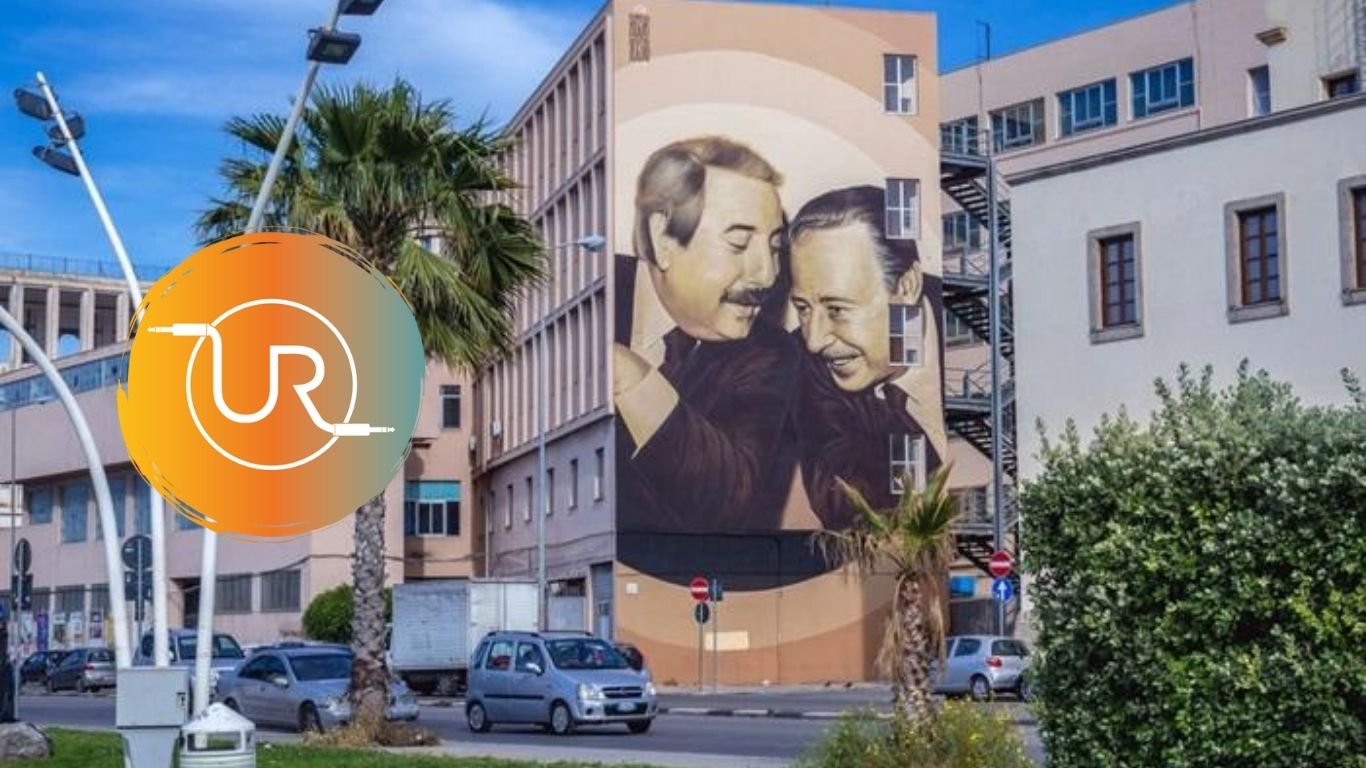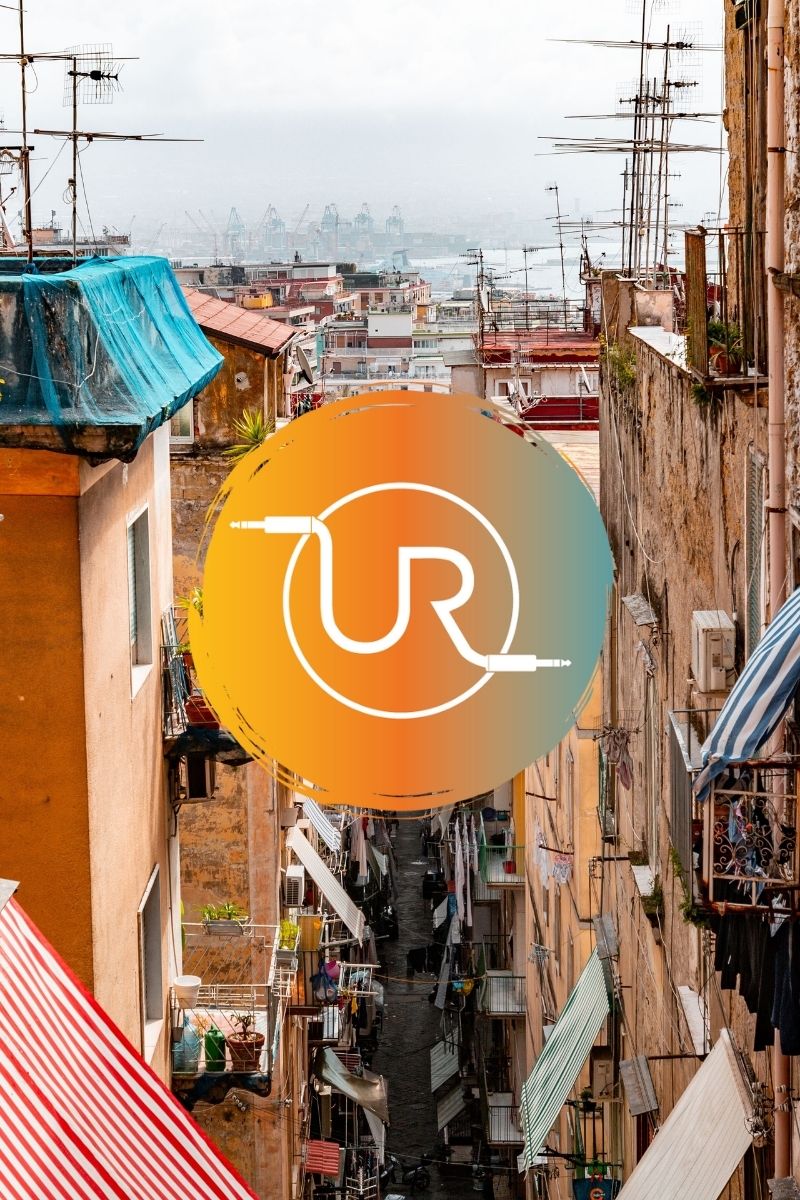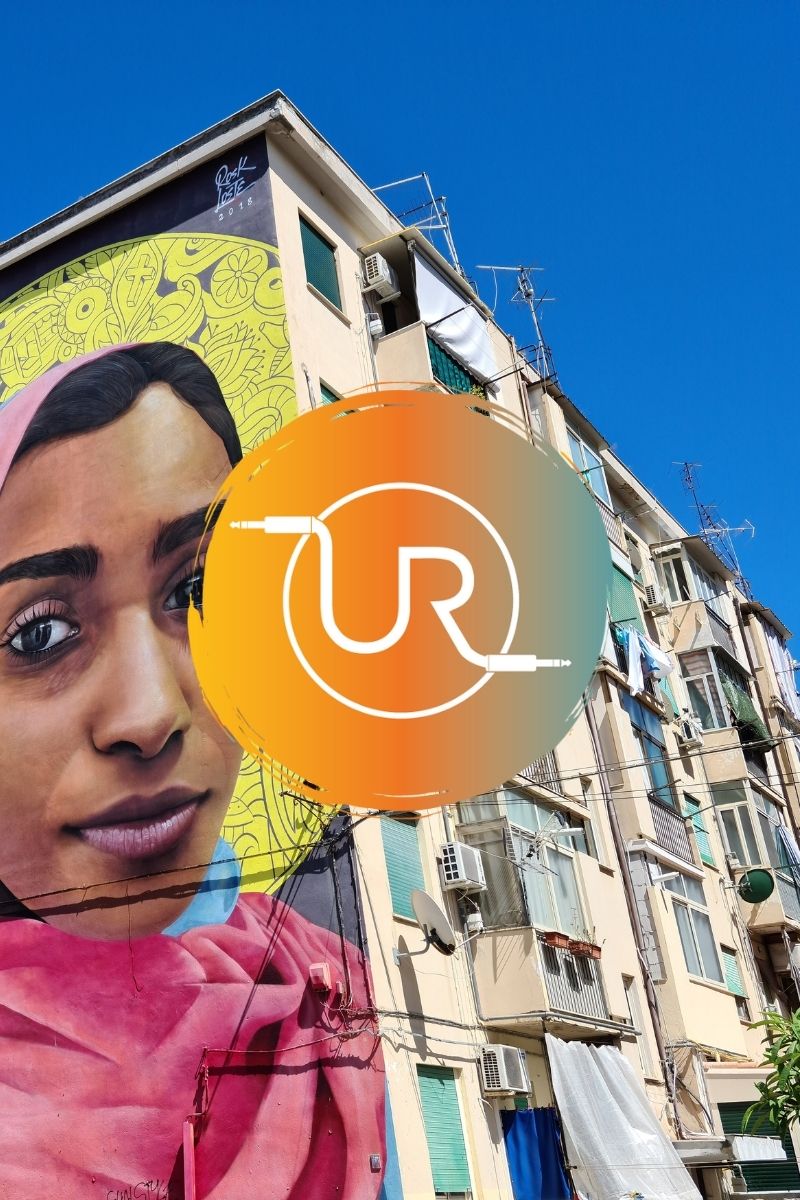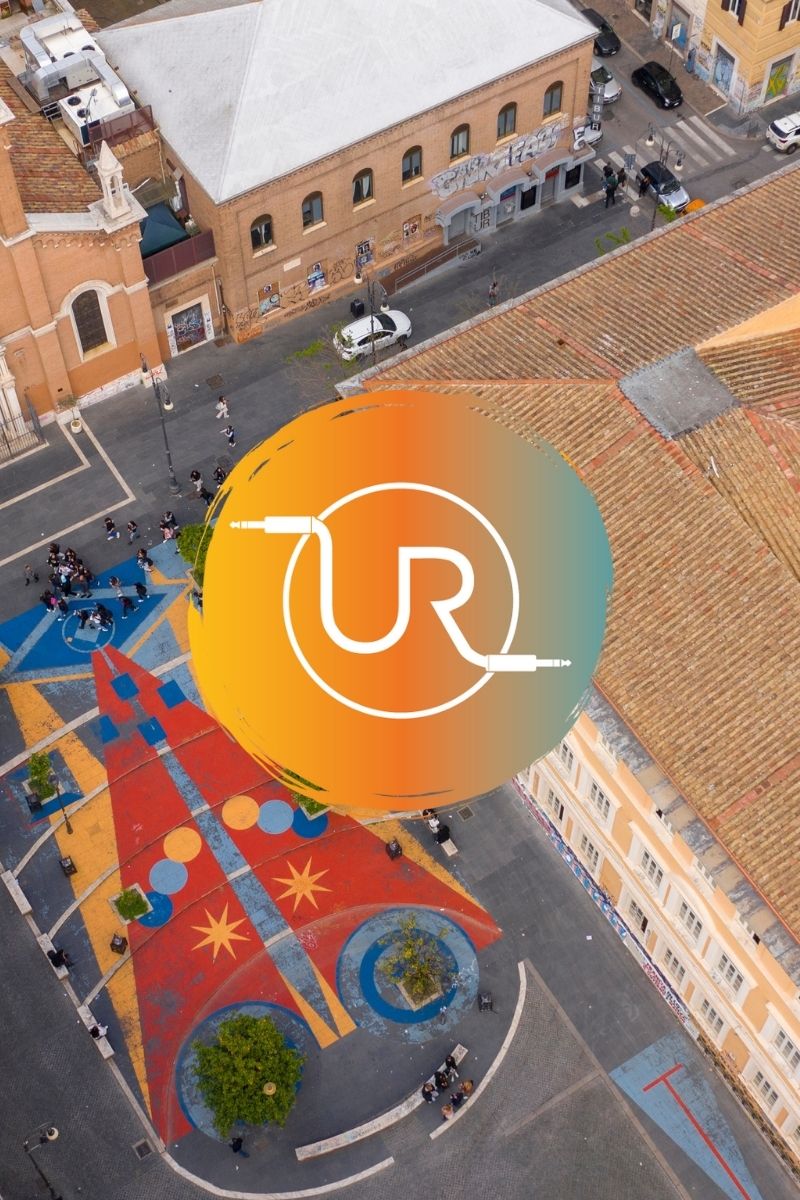
“He who is silent and bows his head dies every time he does so. He who speaks aloud and walks with his head held high dies only once.”
-Giovanni Falcone-
“It’s normal for fear to exist, in every man, the important thing is that it is accompanied by courage. One must not let oneself be overwhelmed by fear, otherwise it becomes an obstacle that prevents one from moving forward.”
-Paolo Borsellino-
The Enduring Legacy of Falcone and Borsellino: Martyrs in the Fight Against the Mafia
Giovanni Falcone and Paolo Borsellino are two names that resonate deeply within the collective memory of Sicily and Italy as a whole. Their relentless fight against the Mafia, known as Cosa Nostra, marked a turning point in the battle against organized crime and left an indelible impact on Sicilian society and the city of Palermo. Their legacies are enshrined not only in the laws they helped establish but also in the hearts and minds of those who continue to honor their bravery and sacrifice.
Early Lives and Career Beginnings
Both born in Palermo, Falcone in 1939 and Borsellino in 1940, they grew up in a city under the shadow of the Mafia. Their paths first crossed during their university years, and they would go on to become close friends and colleagues. As judges, they were initially involved in different aspects of the judicial system but eventually found themselves united in the Anti-Mafia Pool, a special team of prosecutors dedicated to investigating and prosecuting the Mafia.
The Maxi Trial and Groundbreaking Work
Falcone and Borsellino’s most significant achievement was their work on the Maxi Trial (1986-1987), which was the largest trial against the Mafia in Italian history. The trial, led by Falcone himself, was based on the testimonies of several key informants, including Tommaso Buscetta, who provided invaluable insights into the inner workings of the Cosa Nostra. The trial resulted in the conviction of 338 Mafiosi, a landmark victory for the Italian judicial system and a monumental blow to the Mafia.
Falcone and Borsellino’s work fundamentally altered the approach to combating organized crime. They pioneered new investigative techniques, such as coordinated national investigations and the use of informants. Their innovative methods laid the groundwork for future anti-Mafia operations and significantly weakened the Mafia’s grip on Sicily.
Assassinations and Aftermath
Despite their successes, Falcone and Borsellino became prime targets for the Mafia. On May 23, 1992, Giovanni Falcone, his wife Francesca Morvillo, and three bodyguards were killed in broad daylight by a massive bomb placed on the motorway near the town of Capaci. Just 57 days later, on July 19, 1992, Paolo Borsellino was murdered along with five police officers by a car bomb in Via D’Amelio, Palermo.
Their assassinations sent shockwaves throughout Italy and the world. However, rather than silencing the fight against the Mafia, their deaths galvanized the Italian public and authorities. The outpouring of grief and anger led to widespread protests and a renewed commitment to eradicating organized crime. Thousands of people, including many young Sicilians, took to the streets to demand justice and honor the fallen heroes.
Impact on Sicilian Society and Palermo
Falcone and Borsellino’s legacy profoundly impacted Sicilian collective memory and the city of Palermo. Their deaths marked a turning point in the fight against the Mafia, catalyzing significant legal and social changes. One of the most notable outcomes was the establishment of the Direzione Investigativa Antimafia (DIA) and the Direzione Nazionale Antimafia (DNA), specialized anti-Mafia institutions that continue to combat organized crime effectively.
In Palermo, their legacy is visible in various ways. The city’s airport was renamed Falcone-Borsellino Airport, serving as a constant reminder of their sacrifice. Numerous schools, streets, and public buildings also bear their names, ensuring that their contributions to justice are never forgotten. Moreover, Palermo has seen a cultural renaissance, with a growing civil society movement advocating for legality and transparency. This movement, inspired by Falcone and Borsellino, has led to the reclamation of properties once owned by the Mafia, which are now used for social and educational purposes.
One of the most poignant tributes to Falcone and Borsellino is the mural depicting them in Palermo. Located in the heart of the city, this mural has become an iconic symbol of their enduring legacy. It shows the two judges in a heated conversation, symbolizing their friendship, dedication, and shared mission. The mural is not just a piece of art; it is a daily reminder to the people of Palermo of the power of justice and the cost of integrity. It stands as a testament to the impact these two men had on their city and the entire nation, inspiring ongoing efforts to fight against corruption and organized crime.
The annual “Palermo Chiama Italia” event commemorates their lives and work, bringing together students, activists, and officials to discuss anti-Mafia efforts and promote a culture of lawfulness.
Conclusion
Giovanni Falcone and Paolo Borsellino’s contributions to the fight against the Mafia extend far beyond their lifetimes. They not only brought about tangible legal victories but also inspired a profound cultural and societal shift in Sicily and beyond. Their courage, dedication, and ultimate sacrifice have left an enduring legacy that continues to inspire and guide the fight against organized crime. Palermo, as a city, has transformed from a stronghold of the Mafia to a symbol of resistance and resilience, embodying the spirit of its two fallen heroes. Through their enduring legacy, Falcone and Borsellino remain martyrs whose lives and work continue to light the path towards justice and peace.







Leave a comment: